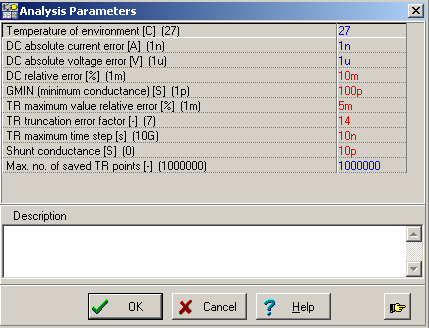Other Parts Discussed in Thread: TINA-TI,
Tool/software: TINA-TI or Spice Models
Hello,
I have a simulation problem with TPS40210. The circuit didnt work correctly.
I checked my design also with webench but i use similar transistor and diode in the simulation.
My spec. is 8-35Vdcinput, 16.5Vdc output and maximum load is 1.7A.
You can find the tsc file in the attachment.
Could you please give an advice about the simulation?
Best Regards,



